Affiliate links on Android Authority may earn us a commission. Learn more.
What are Google Mobile Services (GMS)?
Published onMarch 26, 2023
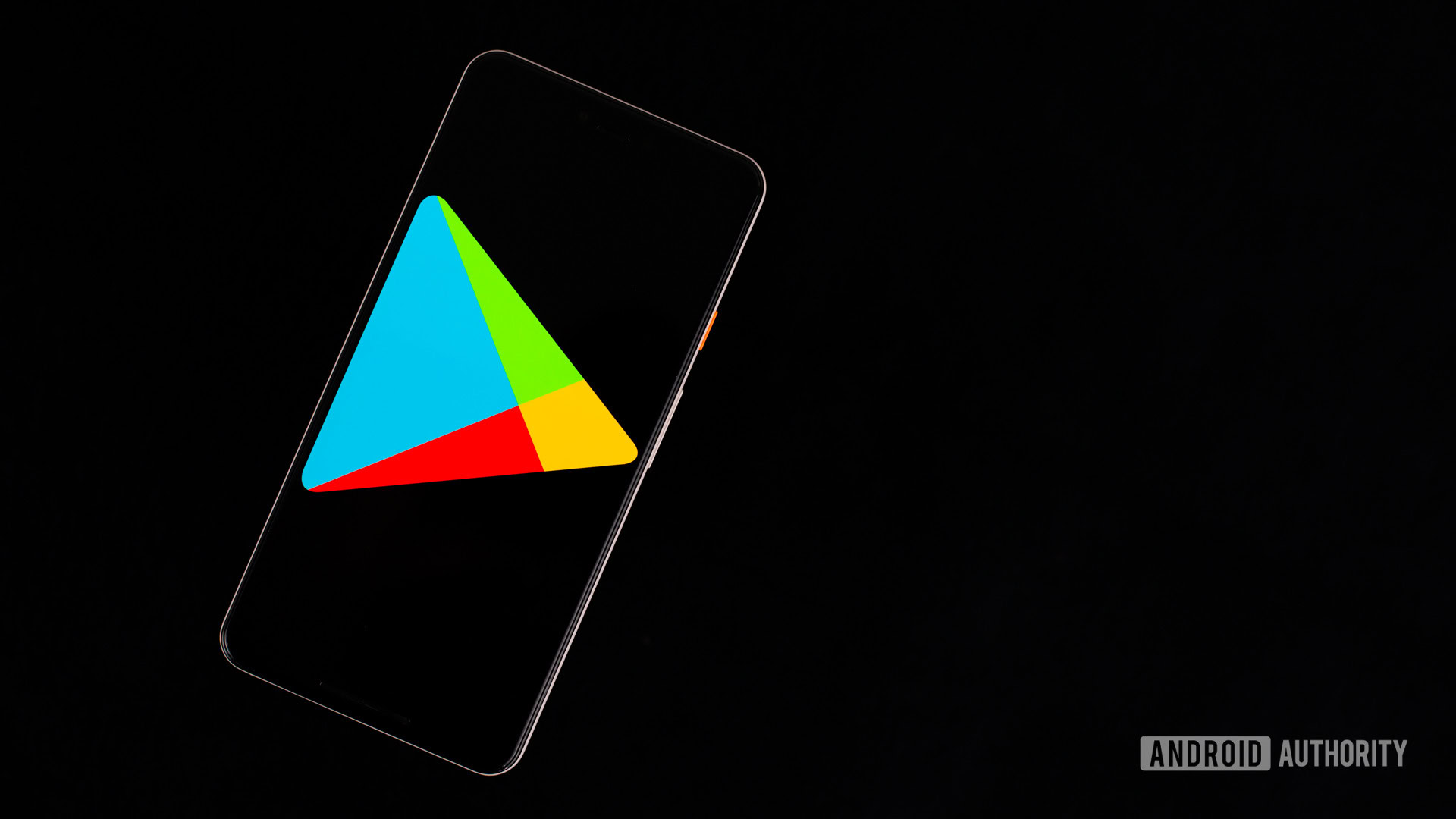
The Android operating system many of us use every day is based on open-source software. That means its code is publicly available and can be endlessly modified by brands like Samsung. But that doesn’t mean all of Android is open-source. The vast majority of Android devices aren’t, in fact, running pure and open-source Android. You can thank Google Mobile Services (GMS) for that.
In a nutshell, the open-source component of Android is the Android Open Source Project (AOSP). GMS, on the other hand, lives on top of AOSP and provides much of the nice-to-have functionality you may have come to expect from modern-day Android.
The key distinction between the two, however, is that GMS is not open-source. Instead, Google licenses it to device manufacturers or OEMs for free. However, it’s selective when it comes to licensing, so not every brand makes the cut.
Still, the vast majority of Android devices sold these days include GMS in one way or another. Some exceptions exist, of course, but those are generally outliers. So what are Google Mobile Services and why do so many Android devices include them?
What are Google Mobile Services or GMS?
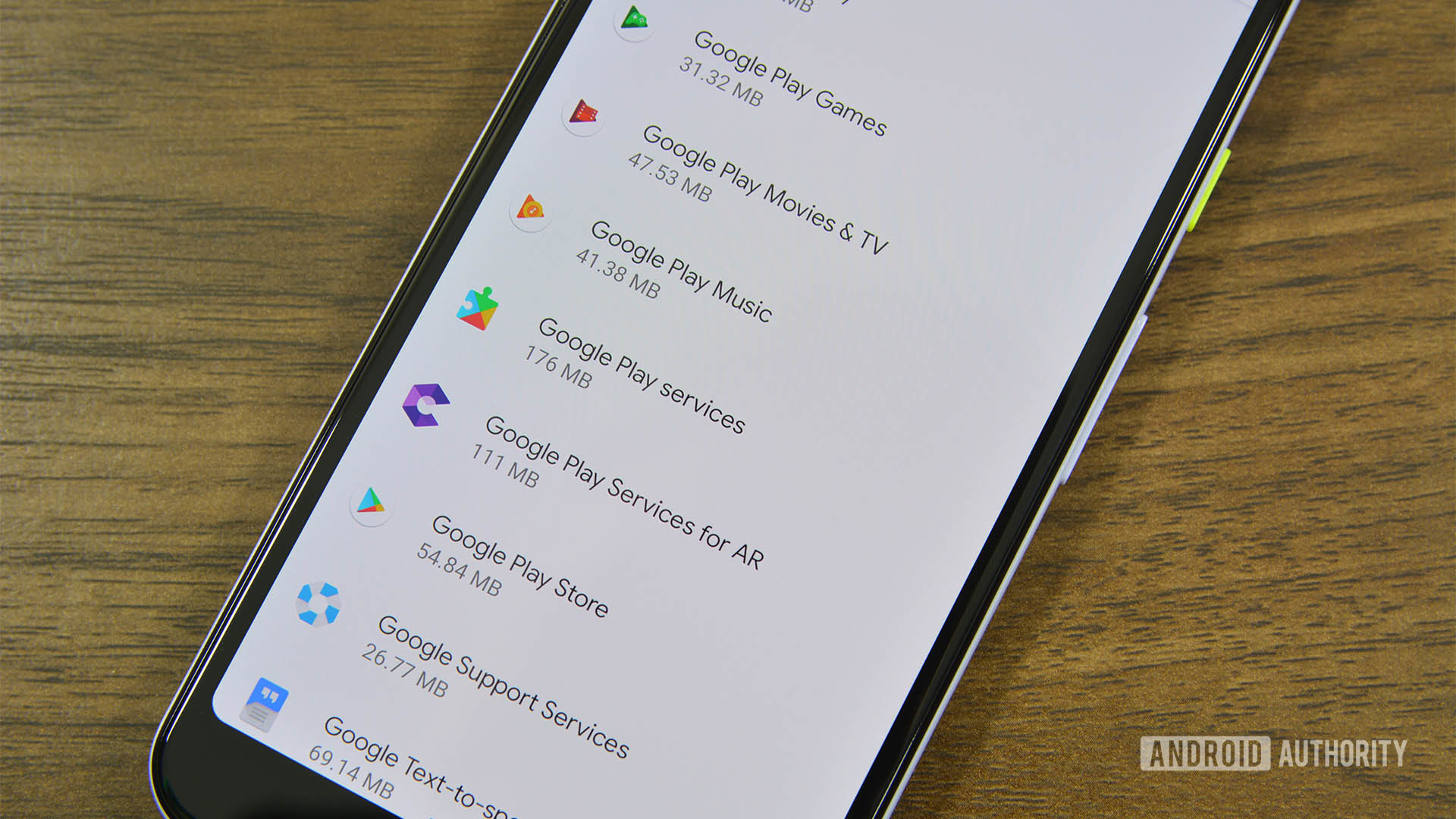
GMS stands for Google Mobile Services and is essentially a bundle of applications and APIs (application programming interfaces) installed at the system level. This essentially means that they are deeply integrated with the operating system.
Think of APIs as shortcuts for app developers to access device-level functionality like casting a video to your TV over Wi-Fi or communicating with Google’s high-accuracy location services.
GMS includes most of the Google apps and services you'll find on an Android phone.
The Android operating system by itself already includes a bunch of APIs. Apps simply have to call these APIs to do things like turn on the flashlight, access the device’s cameras, or interact with the filesystem.
Google Mobile Services extends this basic functionality to include deep system integration for things like workout detection through onboard sensors, access to payment services like Google Pay, and cloud saves through Play Games, among others.
GMS is also considered essential for a different reason — it provides access to many apps you likely use on a daily basis. This includes the Play Store, Google Search (and Google Assistant), Google Maps, Gmail, Chrome, and YouTube, among others.
GMS helps developers integrate Google services into their apps.
Even if you don’t use any of these apps, you probably still benefit from GMS in many other ways. When you turned on your Android smartphone for the first time, chances are that you signed in to your Google Account. This process is completely reliant on GMS, and enables automatic synchronization of your contacts, calendar, and settings, including saved Wi-Fi passwords from previous devices.
How does GMS benefit Android users?
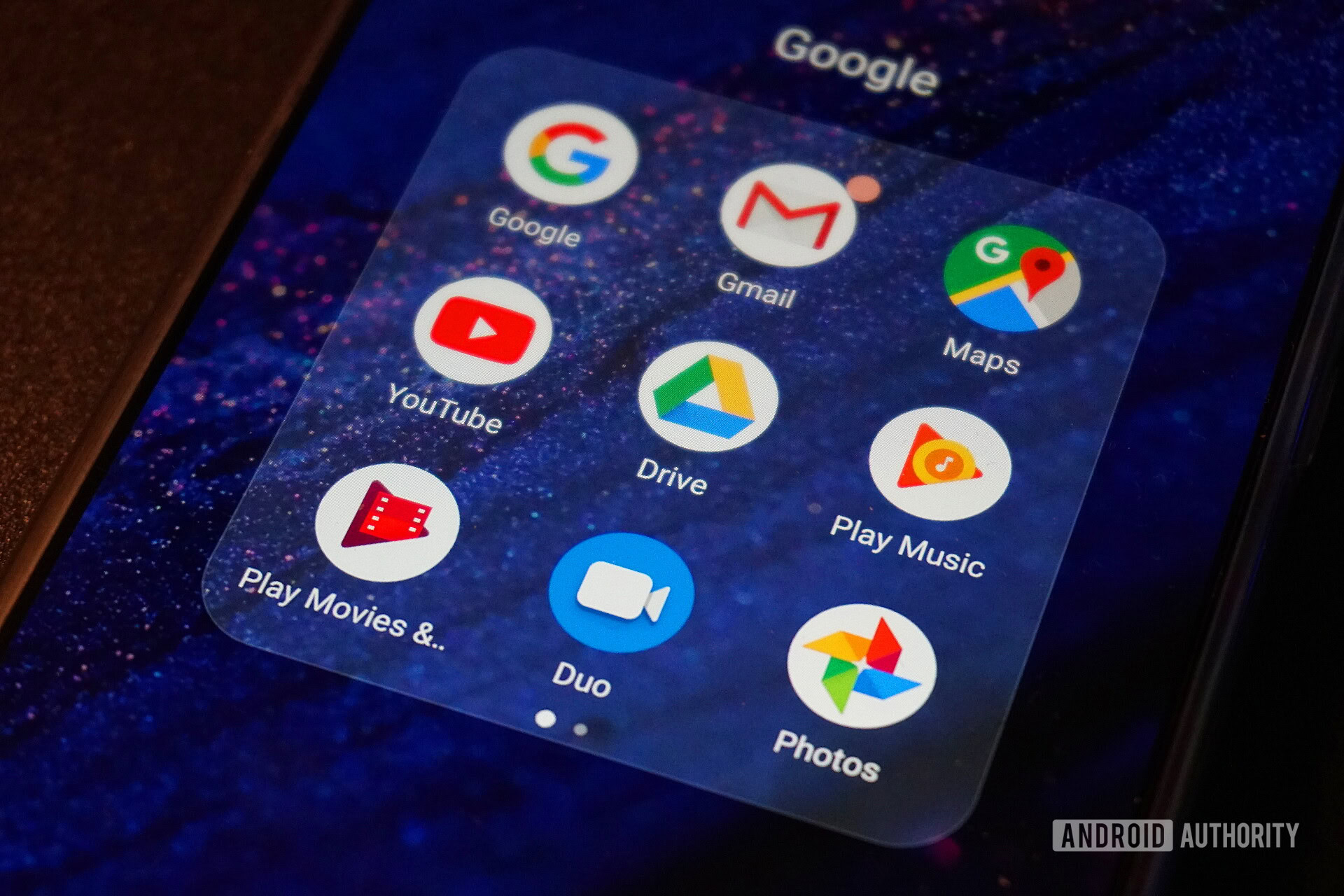
Besides the benefits we’ve already spoken about, like access to Google’s apps and services, GMS is also useful because it helps users receive minor software updates and Android security patches. Beyond that, GMS includes some niche features that aren’t visible to end-users but come in handy for app developers.
Take ML Kit, for example, which is part of Google Mobile Services. It provides several on-device machine learning APIs, ranging from barcode scanning to smart reply suggestions, for developers to take advantage of. An app can simply use the models provided by Google to reduce both development time and complexity.
A more handy feature is Fast Pair, which enables your phone to automatically detect nearby Bluetooth devices. Similarly, features such as Find My Device, Smart Lock, and Digital Wellbeing also rely on the presence of Google Mobile Services.
GMS enables features such as Find My Device, Smart Lock, and even includes basic machine learning models for apps.
Some apps also rely on GMS to provide push notification functionality. The Firebase Cloud Messaging (FCM) service simplifies development for smaller apps and removes the need for individual apps to handle notification delivery.
GMS also helps Google deliver software updates to your device quickly, regardless of the manufacturer. In the past, you would have to wait for a full software update in order to receive new features or security patches. This wouldn’t be a problem, except that most devices only receive updates for the first couple of years after their release.
Starting in 2019, Project Mainline modularized the operating system and now allows Google to deliver feature and security updates through the Play Store. GMS’ security benefits also extend to apps installed on the device. The Google Play Protect service introduced a few years ago scans installed apps in the background to warn you if anything malicious is found.
More recently, Google also updated GMS to include contact tracing APIs at the height of the COVID-19 pandemic. The APIs were successfully used by a few countries’ health organizations, including the United Kingdom.
Do all Android devices include GMS?
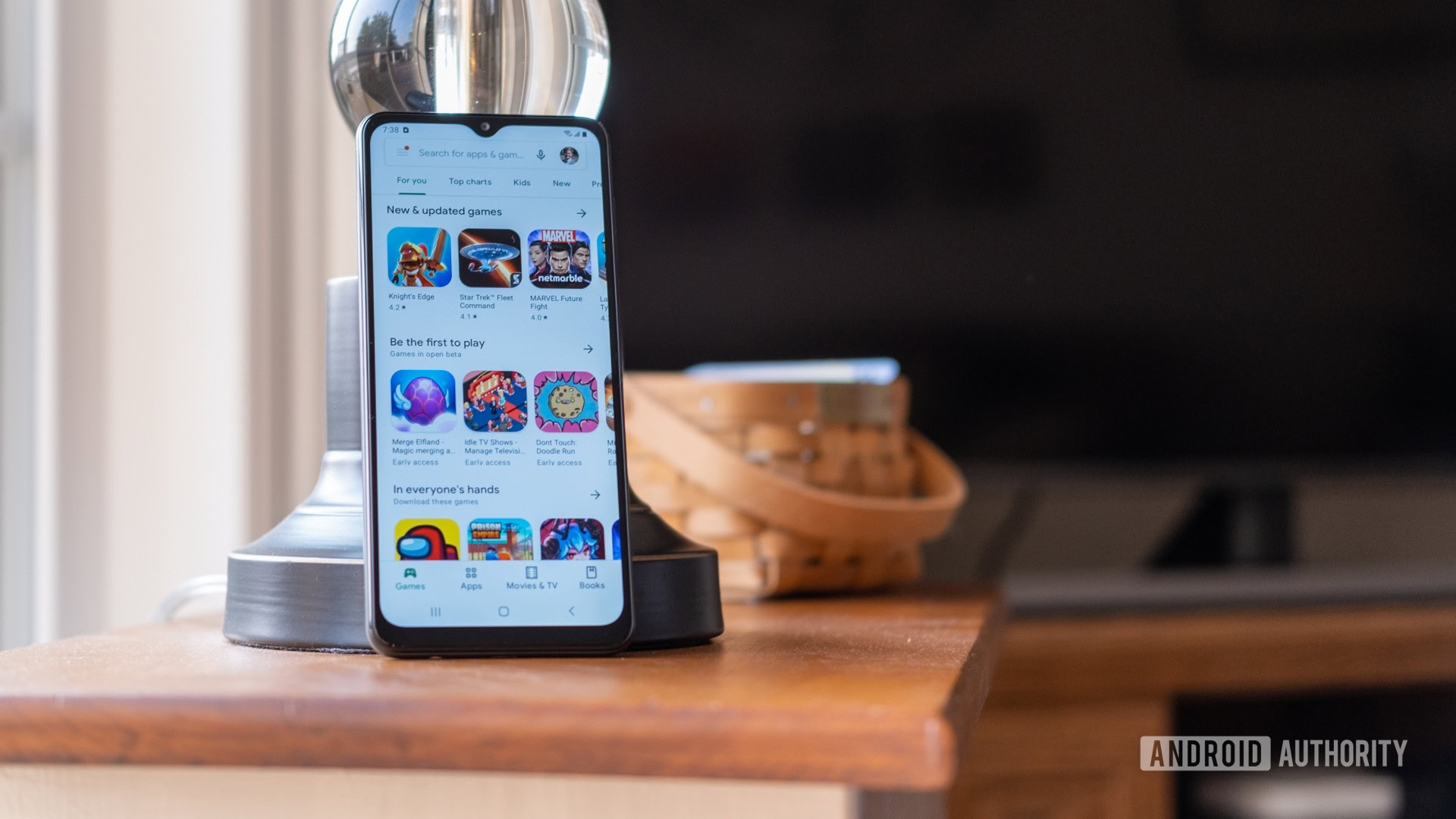
For the most part, yes. The vast majority of Android devices ship with GMS because that’s what most consumers expect from an Android device. There are exceptions to this, of course, and we’ll discuss that in the following section.
Even though GMS is ubiquitous these days, it’s not exactly easy for manufacturers to include. Device manufacturers require a license from Google in order to bundle GMS. Thereafter, each device they produce should also meet minimum criteria. The certification, also called the Mobile Application Distribution Agreement (MADA), requires manufacturers to pre-install certain Google apps like the Chrome web browser and the Play Store.
The tests conducted to determine a device’s eligibility for GMS certification are quite comprehensive. The Compatibility Definition Document (CDD) is updated every time a new version of Android releases. The CDD for Android 12 spans 142 pages, mandating minimum requirements for everything from the device’s screen resolution to the presence of privacy features on the software front.
Google uses GMS licensing as a way to standardize Android devices.
Why does Google care? Because it wants to make Android a cohesive experience. Users expect some baseline functionality across all Android devices and the CDD is the only way Google can compel manufacturers to cooperate. In the past, the search giant has also used the CDD to force OEMs to support emerging features like USB-C Power Delivery.
Despite these somewhat onerous requirements, manufacturers don’t hesitate to add GMS because it has become the industry standard for Android devices.
Can you use Android without Google services?
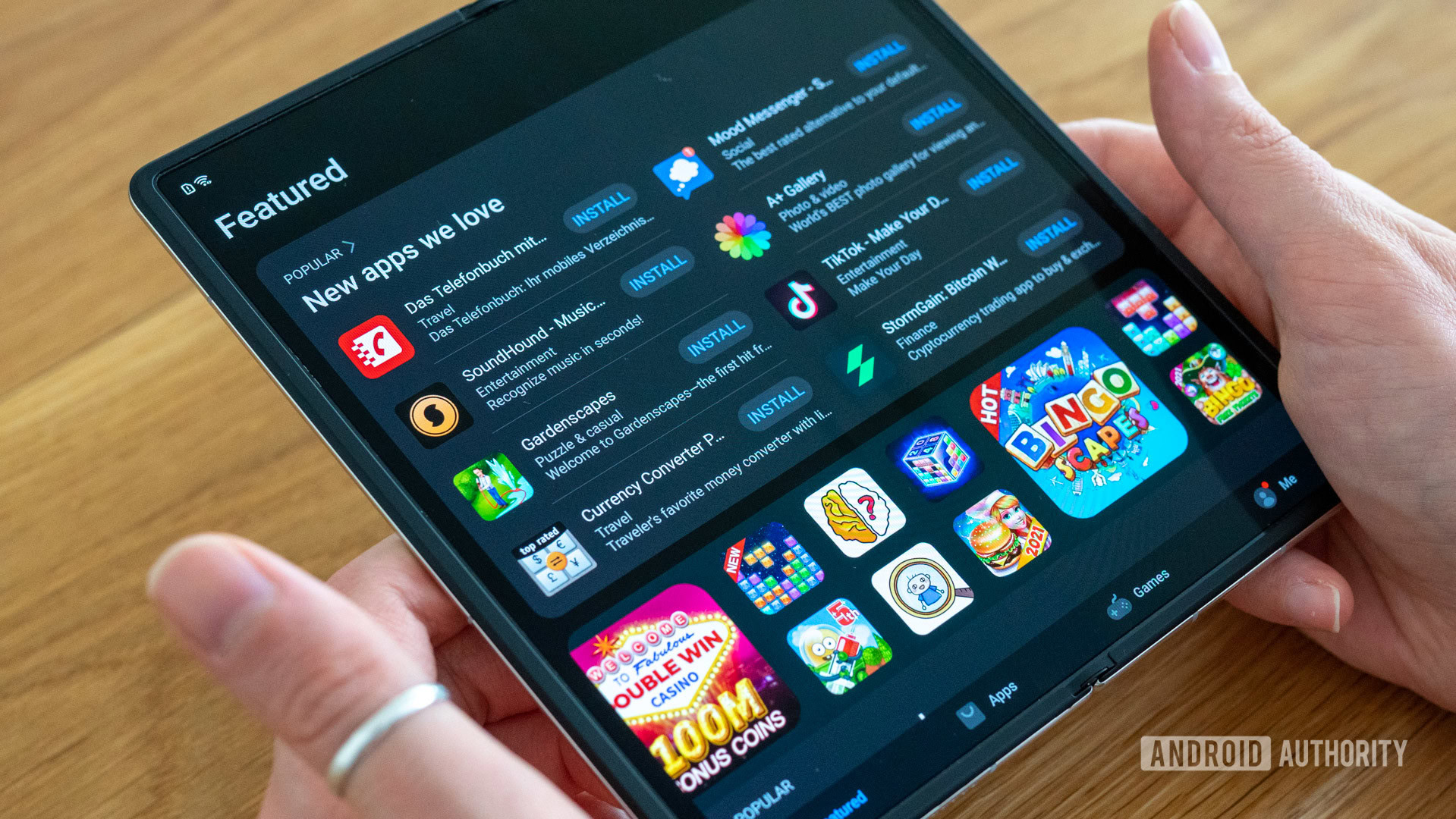
Yes — Android is a perfectly functional operating system by itself and can do most of the things you’d expect it to do without Google Mobile Services. In fact, the vast majority of Android smartphones sold in China do not include GMS at all and have never done so. Of course, this is because Google is banned and inaccessible in China.
Another example is Fire OS, which comes pre-installed on Amazon’s tablet lineup, like the Fire HD 8. The absence of GMS means that you won’t find Google’s Play Store on Amazon devices. The reason for this is simple — Amazon’s own app store generates revenue through app and content sales.
HUAWEI has famously been banned from using many components and services provided by US companies, including Google’s GMS. For the past few years, HUAWEI phones and tablets have been shipping without GMS, which greatly reduces their usefulness outside China.
So what’s the experience like without GMS? Well, it’s not very convenient if you’re used to Google’s ecosystem. On Amazon devices, you’re stuck with the apps available on the Amazon App Store. Sideloading is an option, but third-party apps might not work properly or outright refuse to open in some cases. This is often because apps heavily rely on the device’s GMS backbone. It’s a similar situation for HUAWEI devices.
An app that requires you to log in via your Google account, for instance, will fail in the absence of the necessary APIs. In that vein, apps like Uber or Lyft that use Google Maps for their core functionality may also throw up errors or refuse to open.
Both Google and third-party apps may not work properly in the absence of GMS.
Despite this often inferior experience, a small group of enthusiasts seek GMS-free smartphones. The absence of GMS means that your device is completely free from Google’s influence or data collection practices.
These days, you can find privacy-focused custom ROMs like GrapheneOS that specialize in limiting GMS’ data collection and intrusive practices. And even on relatively pedestrian ROMs like LineageOS, installing Google apps (or GApps) is usually an optional step.
What about non-handheld Android devices?
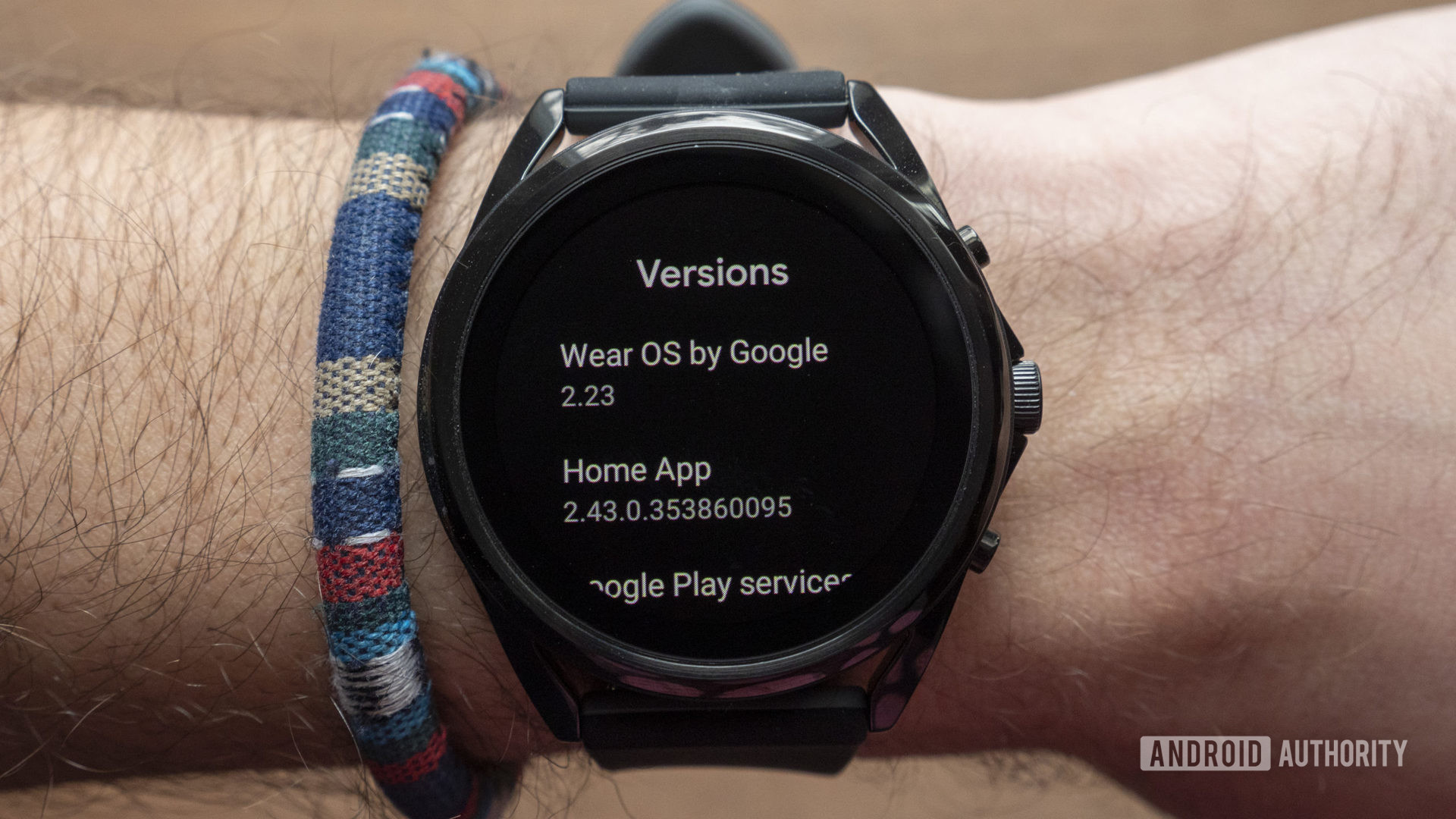
Android runs on just about every form factor these days, from smartwatches to TVs to even cars. So does GMS exist for these non-smartphone form factors as well? Yes, Google provides GMS certification for six types of devices. Compatible devices include smartphones, tablets, Android TV, Android Auto, Android Go, Chrome OS, and Wear OS.
GMS exists on just about every kind of Android device, from wearables to in-car infotainment systems.
The existence of GMS across several form factors helps app developers tremendously. A Wear OS app, for instance, can use the same or similar mapping API present in the smartphone version of the app — thanks to the standardization provided by GMS. Once again, this reduces development time for companion or cross-platform apps.
Some hardware manufacturers don’t have a choice when bundling GMS with non-smartphone or tablet devices. Wear OS and Android TV, for example, are also proprietary software and tightly integrated with Google’s services. Therefore, every single one of these devices must be licensed to include GMS.
Can you install Google services by yourself?
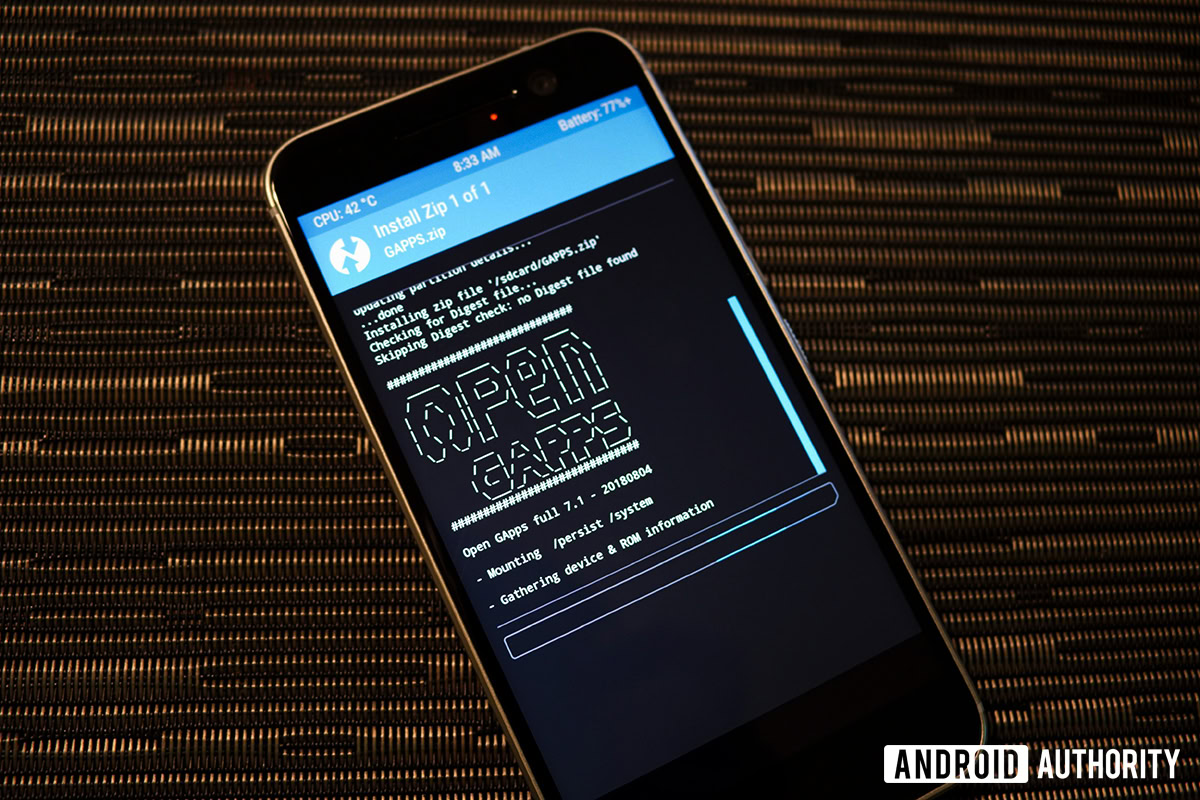
Android devices usually come pre-installed with GMS directly from the manufacturer. However, there are some instances where this does not hold true. If you own a Kindle Fire HD tablet, for example, you might want to install Google mobile services. Doing so allows you to gain access to the Play Store and other Google apps.
Unfortunately, there’s no universal answer to this question. The installation process for GMS varies in complexity because of the simple fact that each manufacturer’s software is different.
Having said that, you can sideload the Play Store onto the Kindle Fire lineup of tablets pretty easily. Amazon has done little to prevent its users from doing so. Devices sold by Xiaomi in China may also conveniently include the Google Play service framework. If you’re lucky, you’ll only have to sideload an app or two to enable full functionality.
As you can probably tell though, nothing about this process is certain. For a few months in 2021, Xiaomi reportedly shipped devices without the Play Services framework, making GMS installation far more difficult. Still, this is usually only a problem if you’re importing devices sold exclusively in China.
Installing GMS on an uncertified device is possible, but you may run into problems.
Similarly, HUAWEI devices cannot include any Google-related software on their devices due to ongoing trade restrictions. To that end, HUAWEI developed a complete GMS replacement, dubbed HUAWEI Mobile Services (HMS). The offering includes user-facing apps, an app store, virtual assistant, and cloud storage. More notably, it comes with GMS-compatible APIs on the backend to help improve compatibility with third-party apps.
All in all, the difficulty of sideloading GMS on an uncertified device can range from a few minutes’ worth of work to several hours of troubleshooting. And the final result may not be as fully featured. Your best bet is to just buy a device that ships with Google services in the first place.
In summary, Google Mobile Services is a core part of the modern Android experience. From smartphones and tablets to smart TVs and speakers, it’s a key component that enables your apps and services to run as you’d expect.